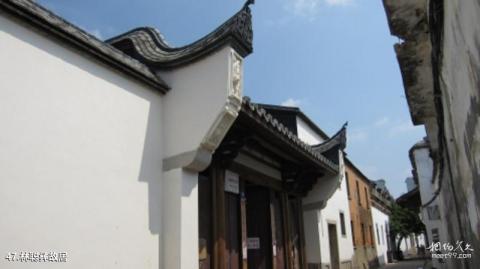
Introduction to the former residence of Lin Congyi: Located at No. 24 on the north side of Gongxiang, it was built in the Ming Dynasty. In the second year of Shunzhi in the Qing Dynasty (1645), when Emperor Zhu Yujian of the Tang Dynasty ascended the throne in Fuzhou, he set up the Dali Temple Yamen here. In Daoguangjian, it was purchased by Lin Congyi, the second son of Lin Zexu. He lived here in his later years until his death. Today, the former residence serves as the Fuzhou Lacquer Art Museum, displaying bodiless lacquerware, one of the "Three Treasures of Fuzhou", as well as lacquer paintings developed from bodiless lacquerware techniques, with more than a thousand exhibits.
The former residence faces north and south, surrounded by wind and fire walls, and has ten doors facing the street. There is a deer painted on the south wall of the first entrance to the main seat, which was the symbol of the Dali Temple court hall in the Ming Dynasty. The hall is 3 rooms wide and 7 columns deep. It has a lifting beam and bucket-type column-reduced structure. It is majestic and spacious, creating a well-proportioned visual effect in the space. The second and third entrances all have three rows, and the fourth entrance has three rows facing backwards. The third entrance is housing. Each entrance is separated by high walls; the corridors are covered with turtle pavilions to protect them from rain. There is a small door on the east side of each entrance leading to the flower hall on the east side. The flower hall has three entrances. The first and third entrances of the flower hall are for housing, and the second entrance is for rockeries, fish ponds, big banyan trees, flower beds, pavilions, pavilions, etc. The original layout is basically preserved intact.
